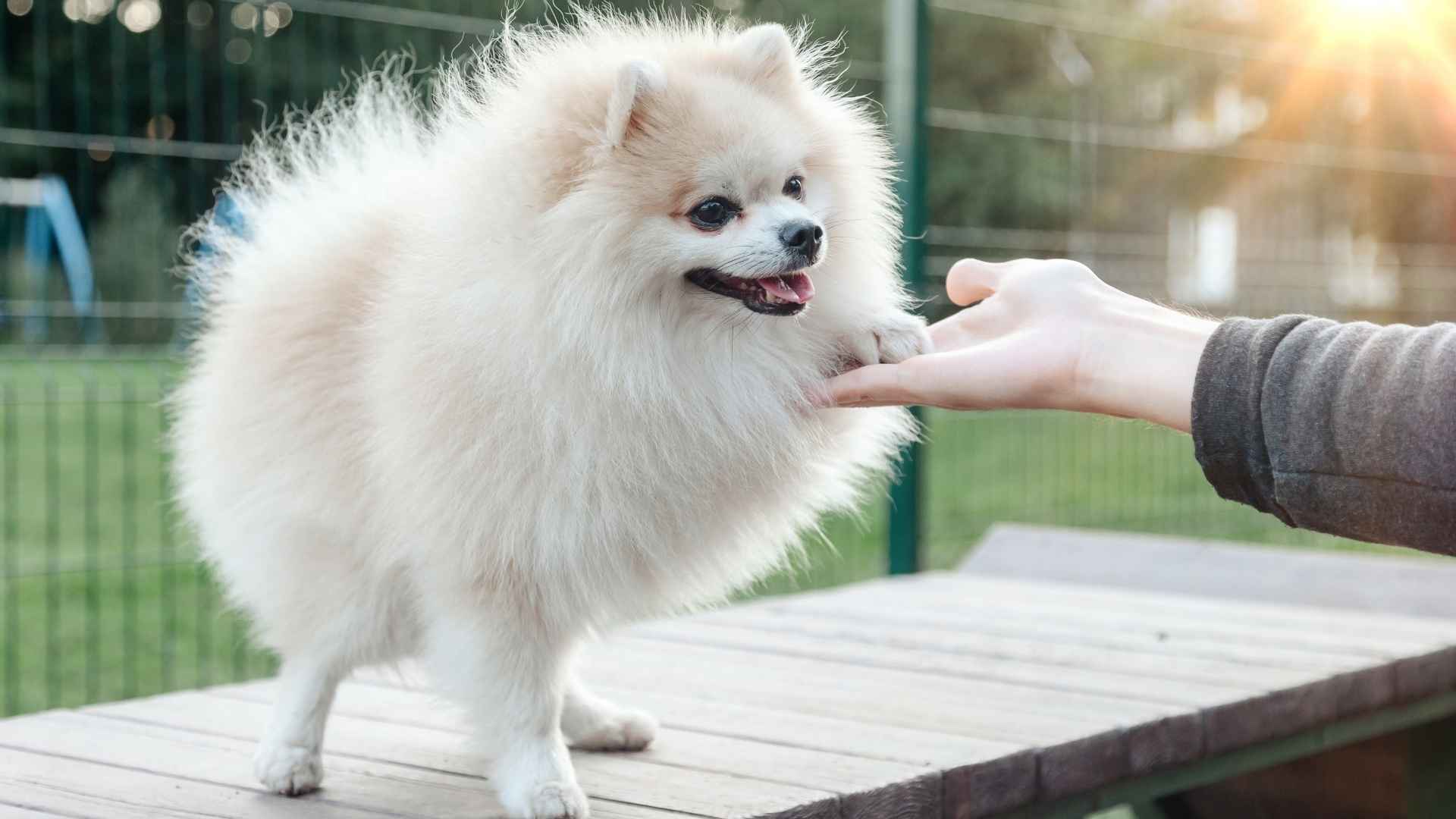So, you want a dog that listens—but not the clingy, shadow-you-all-day type? Meet the best of both worlds: dogs that are independent thinkers but still totally trainable. These aren’t your eager-to-please retrievers who’ll do tricks just to make you smile.
Nope—these pups have personality, pride, and a dash of stubborn sass. But give them a reason to care (read: treats, games, or your approval), and they’ll impress you with their smarts and skills.
Whether you’re a seasoned dog parent or just someone who appreciates a pet with a little personal space, these breeds are perfect if you want a challenge that doesn’t bite back (figuratively).
Think of them as the introverts of the dog world: thoughtful, low-drama, and fiercely capable. They might not wag at every command—but when they do, it’s because they chose to.
Here, we’ll spotlight intelligent dog breeds that don’t need constant attention, yet shine when it’s training time. These are dogs that respect your space, but also respect your voice—and that’s a balance worth barking about.
Independent But Trainable Dog Breeds
1. Pomeranian
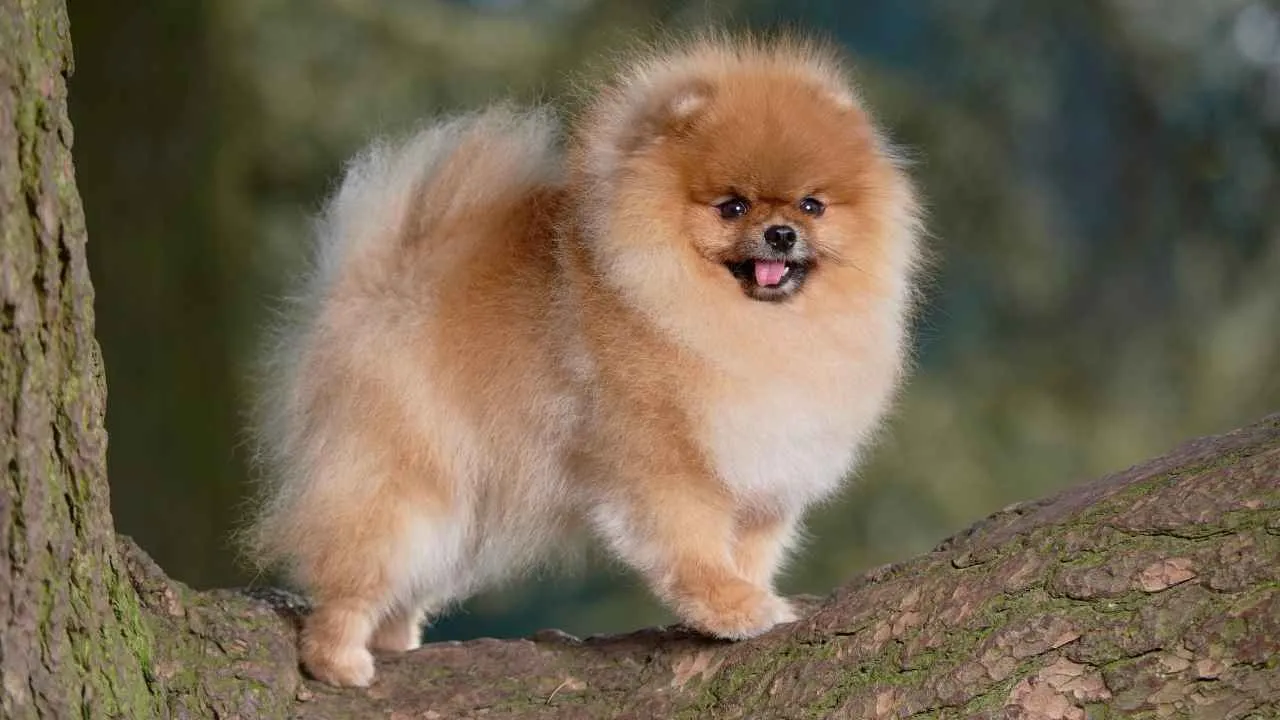
The Pomeranian is the tiniest member of the Spitz family, a group that also includes larger breeds like the Samoyed, Alaskan Malamute, and Norwegian Elkhound. Their name comes from the region of Pomerania in Germany, where the breed’s early development began.
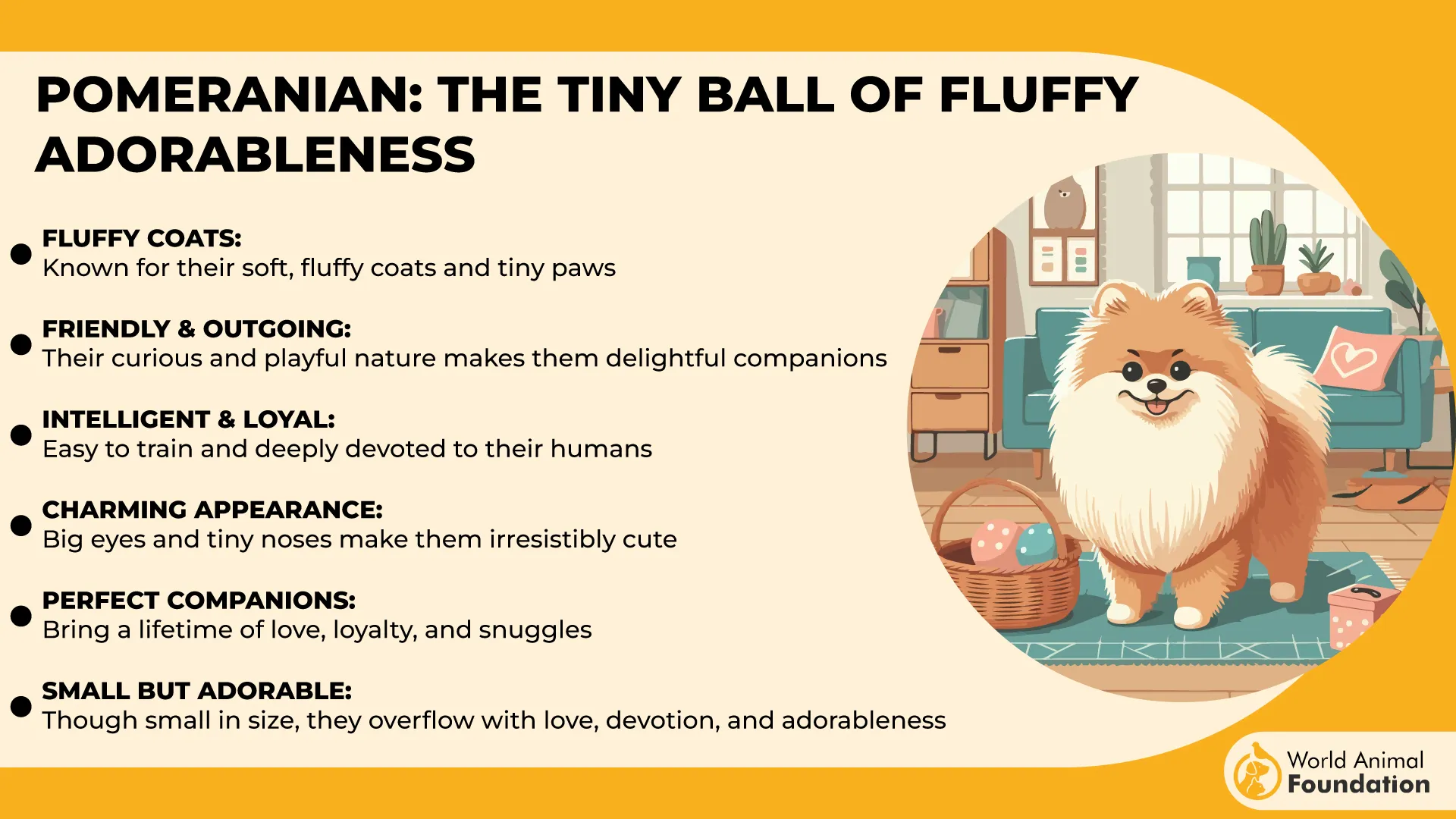
Don’t let their petite frame fool you—Pomeranians pack a big personality into their 6–7 inch, 3–7 pound fluffball bodies. With their fox-like face, plumed tail, and endless sass, these toy-sized dynamos are equal parts adorable and audacious. Though often described as spunky and spirited, Pomeranians are also incredibly loyal and affectionate with their humans.
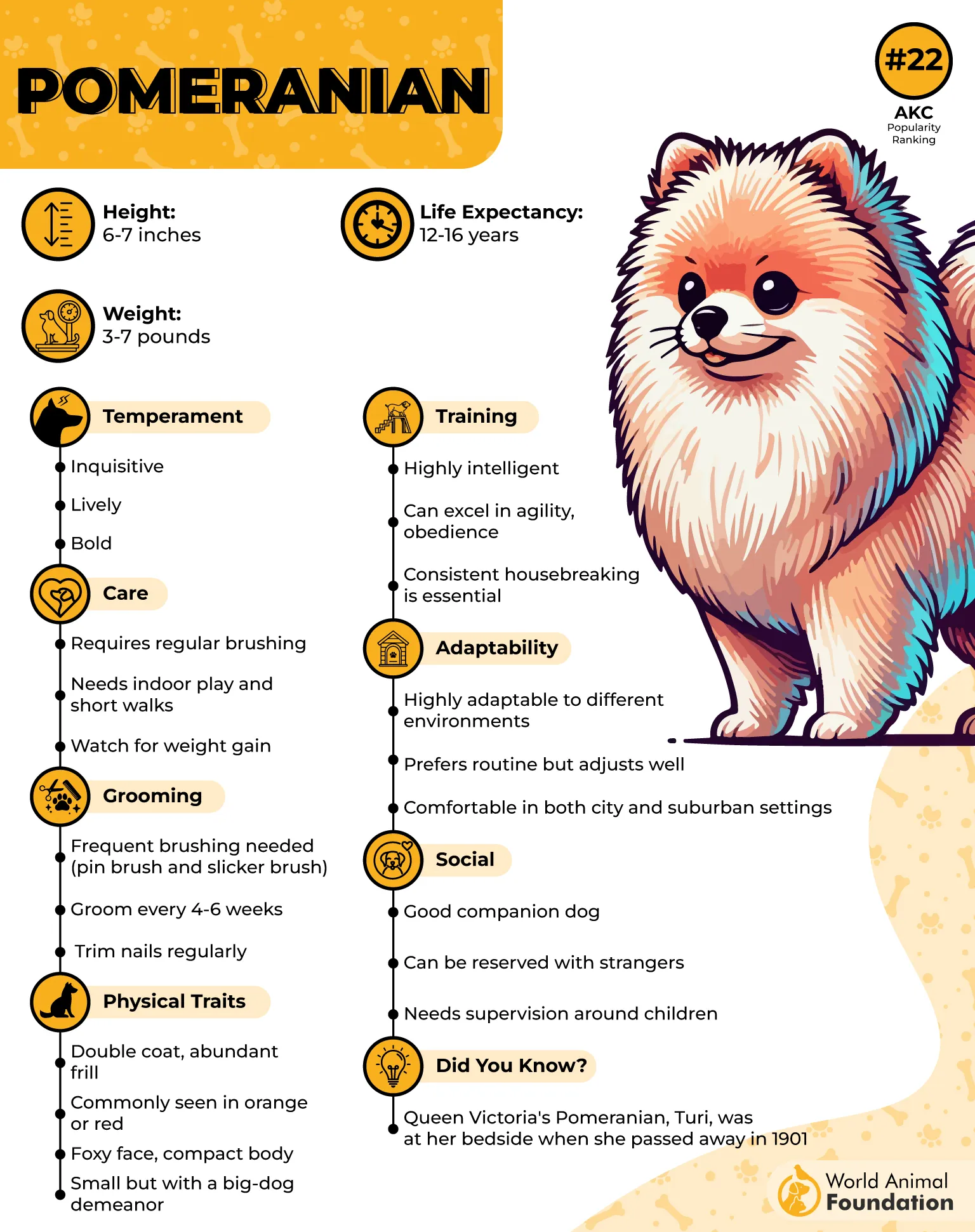
Poms are highly intelligent and have a fiercely independent nature, often convinced they’re in charge of the household (and maybe the entire block). That strong-willed nature can make training feel like negotiating with a stubborn toddler in a feather boa. But once you earn their respect, they learn fast and love to show off.
Why Pomeranians Are Independent Yet Totally Trainable:
Quick learners when training is fun and praise/treats are flowing
Prefer to think for themselves, so commands should feel like suggestions they want to follow
Can master flashy tricks and small-dog sports when motivated properly
Their spunky independence makes victories in training all the more rewarding
Just a heads-up—Poms have a reputation for being quite vocal, so expect plenty of barking!
Fun Fact: Queen Victoria had a beloved Pomeranian named Marco, and thanks to his royal influence, these tiny charmers became fashionably famous across Europe.
2. Shih Tzu
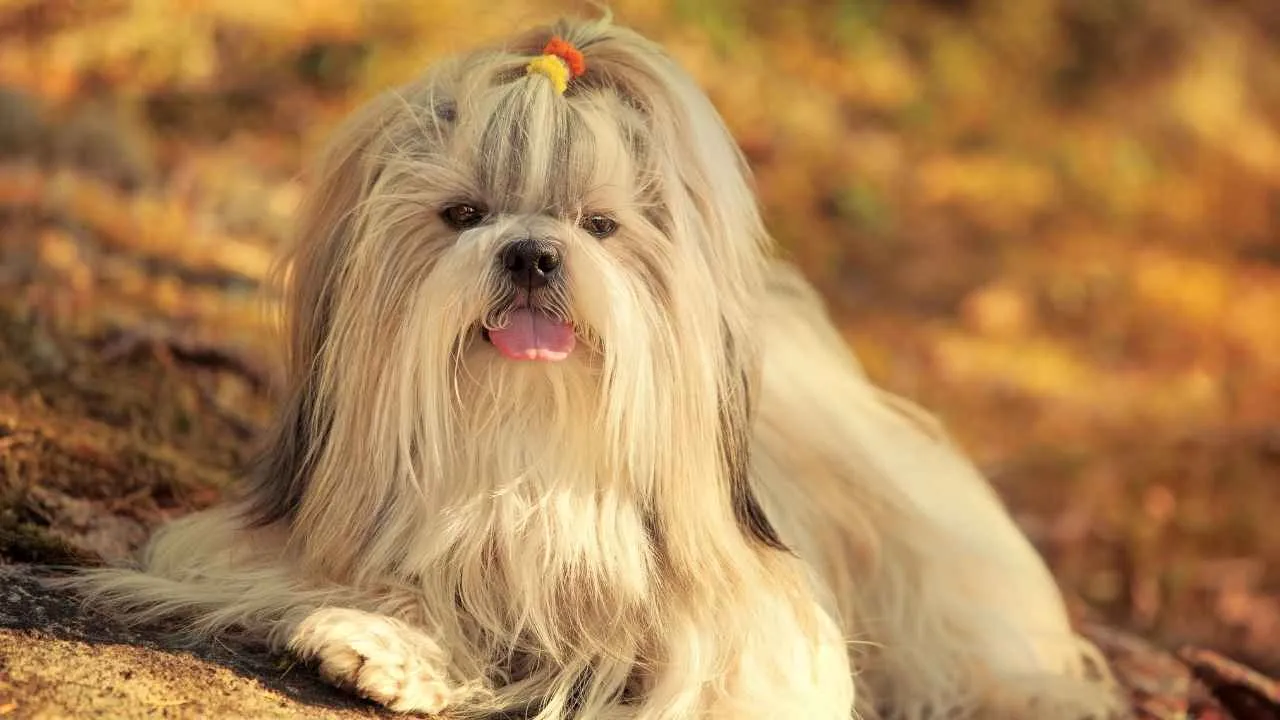
The Shih Tzu has its roots in China and is believed by some to be a mix between the Pekingese and Lhasa Apso. Its name translates to “lion” in Chinese—a nod to its regal appearance.
Small in stature but big in personality, Shih Tzus stand about 9 to 10 inches tall and weigh 9 to 16 pounds. With their luxurious, long coat and those expressive, dark eyes peeking out from under a topknot, they radiate confidence—and a touch of “I’ll decide when to obey.”
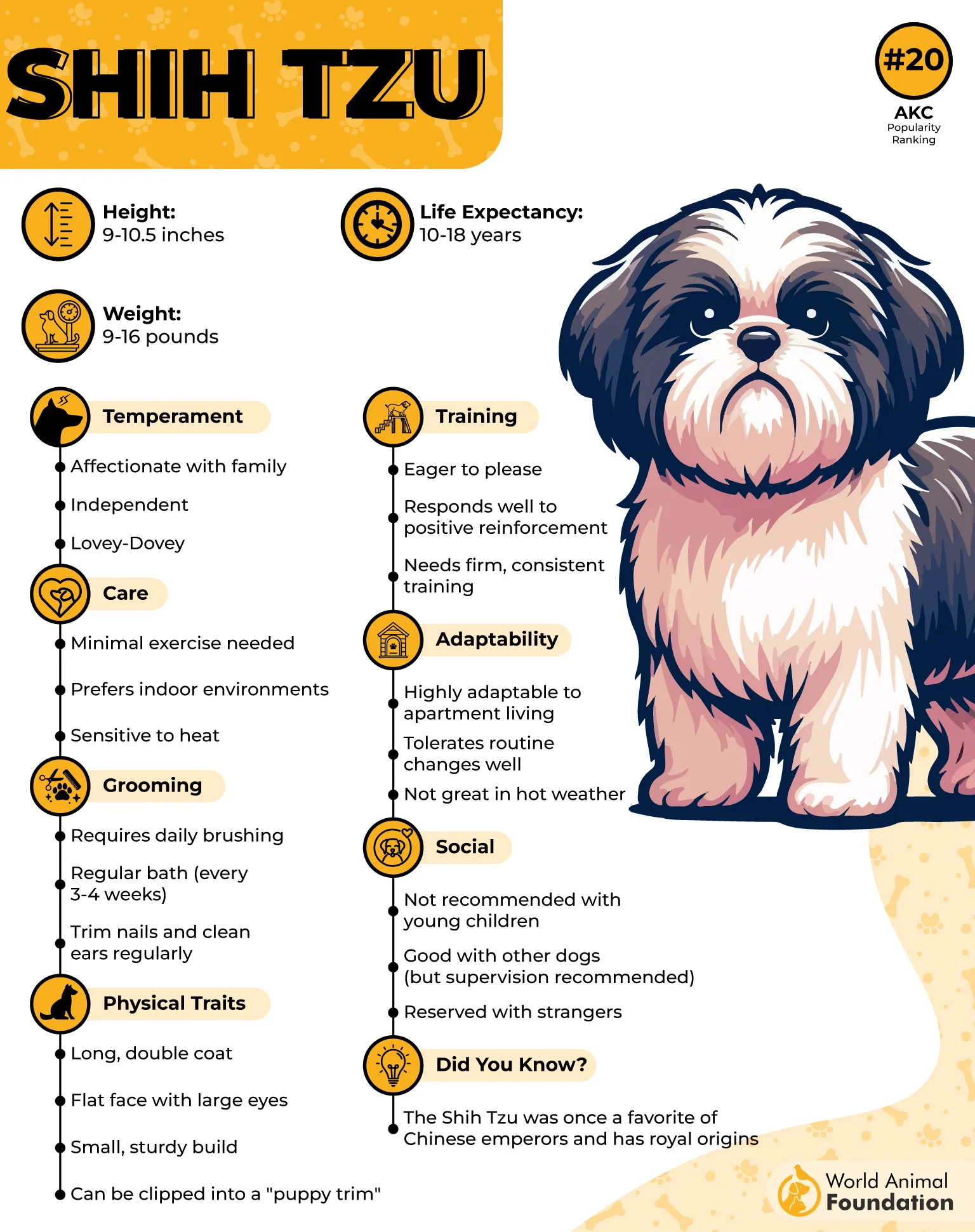
Bred as royal companions in ancient China, Shih Tzus have a strong independent streak. They love to sniff out every corner of their world and can get easily distracted by a sunbeam or a passing butterfly.
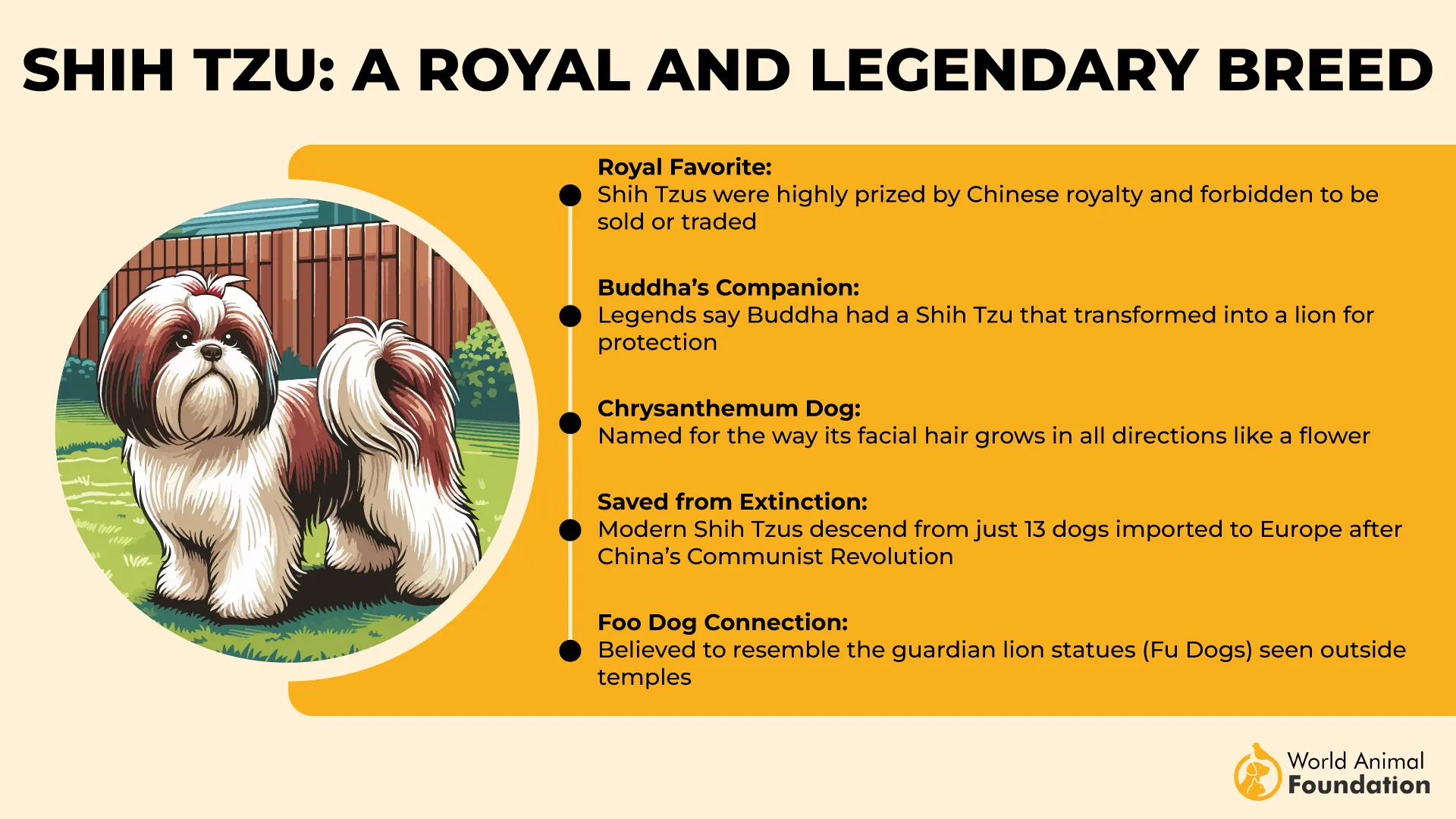
Despite this, their gentle nature and eagerness to please mean they respond well to patient, positive training—especially when treats or cuddles are on the line. Known for their adaptability to compact living spaces, Shih Tzus have become a beloved choice for many pet owners.
How Shih Tzus Balance Independence and Trainability:
Learn best in short, engaging sessions that respect their wandering attention span
Respond strongly to praise, treats, and affection, making rewards essential
Their compact size lets you practice commands anywhere—from the living room to a park bench
Enjoy mastering fun tricks like “spin” or “stand tall” more than mundane obedience drills
Shih Tzus don’t require a ton of regular exercise, as they were originally bred to be pampered indoor companions, often lounging around royal palaces.
As per WebMD, they do need some daily activity to stay fit and avoid weight gain. A couple of short walks and regular indoor play sessions each day are usually enough to keep this little aristocrat in good shape.
Fun Fact: The name “Shih Tzu” means “Lion Dog” in Mandarin—proof that even a small pup can have a regal, fearless heart!
3. Cairn Terrier
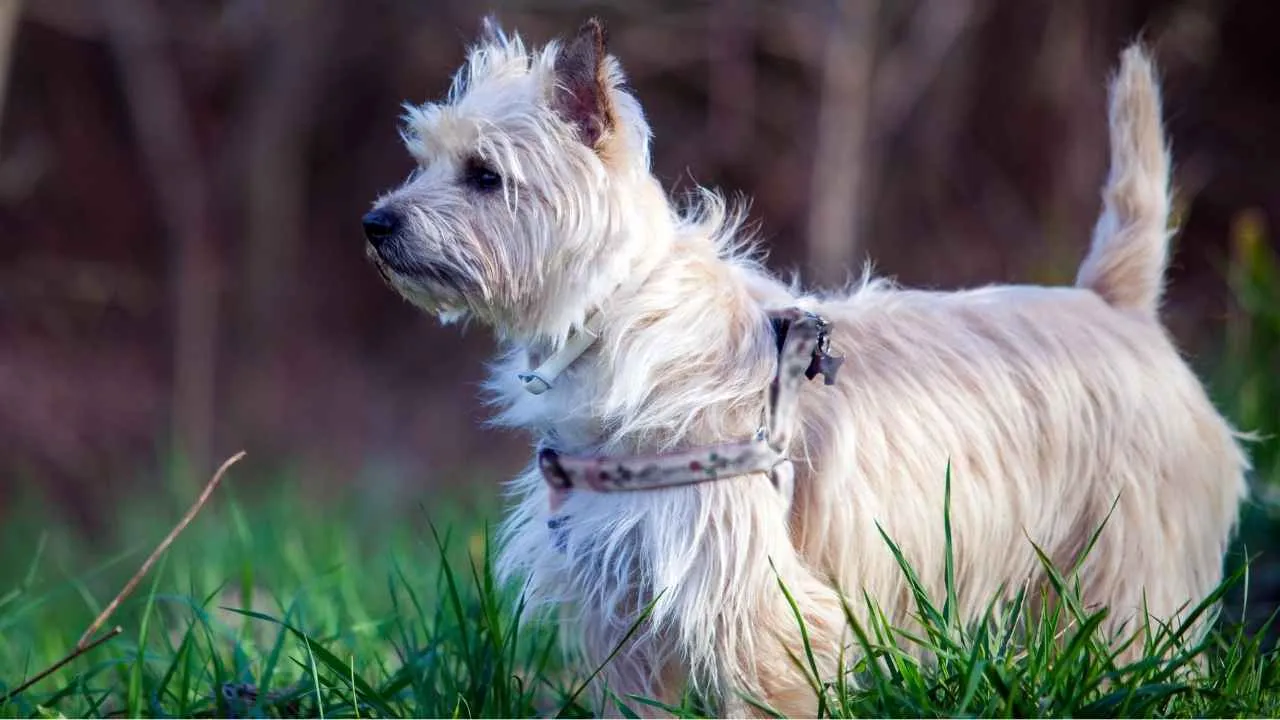
Compact but full of character, Cairn Terriers stand about 9 to 10 inches tall and weigh 13 to 14 pounds. Their shaggy, weather-resistant double coat and alert, fox‑like face give them a rugged, ready‑for‑anything look.

Originally bred in Scotland to hunt and burrow after rodents, Cairns are naturally independent thinkers. Yet with consistent, positive training methods, they transform into clever little athletes—ready to navigate obstacle courses, learn new tricks, or simply outsmart the neighborhood squirrels.
The Cairn Terrier is often labeled as a hypoallergenic breed thanks to its minimal shedding. Their wiry coat doesn’t leave much hair around the house, and a weekly brushing is usually all it takes to keep their coat tidy and in good shape.
Why Cairn Terriers Balance Independence and Trainability:
Thrive on short, focused training sessions—no marathon classes needed
Resourceful and inventive, puzzle toys keep them happily occupied
Compact size makes indoor agility drills a breeze
Curious nature means they tackle new commands with gusto
Loyal once properly trained, they love showing off for their favorite human
The Cairn Terrier isn’t your typical lap dog—they prefer action over affection, though they might cozy up once they’ve burned off some energy. Their lively, adventurous spirit often kicks in around other animals, sometimes leading to chasing or the occasional scuffle. However, with proper introductions and supervision, they can learn to live peacefully alongside other pets.
Fun Fact: A Cairn Terrier named “Toto” stole the show in The Wizard of Oz—proof that clever little dogs can conquer big stages!
4. Chinese Crested
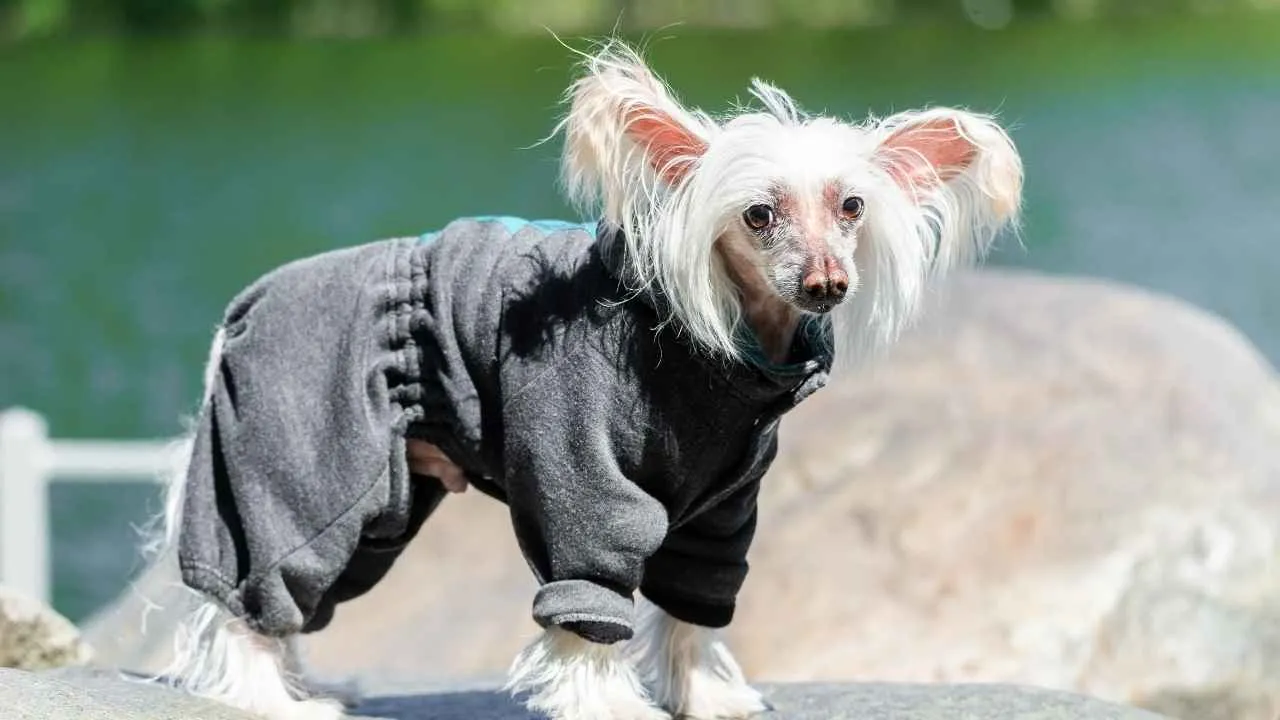
With two very distinct looks (hairless or “powderpuff” coated), Chinese Cresteds stand 11 to 13 inches tall and weigh 10 to 13 pounds. The hairless variety sports smooth, supple skin with tufts of fur on head, feet, and tail; the powderpuff wears a soft, flowing double coat. Either way, they turn heads wherever they go.
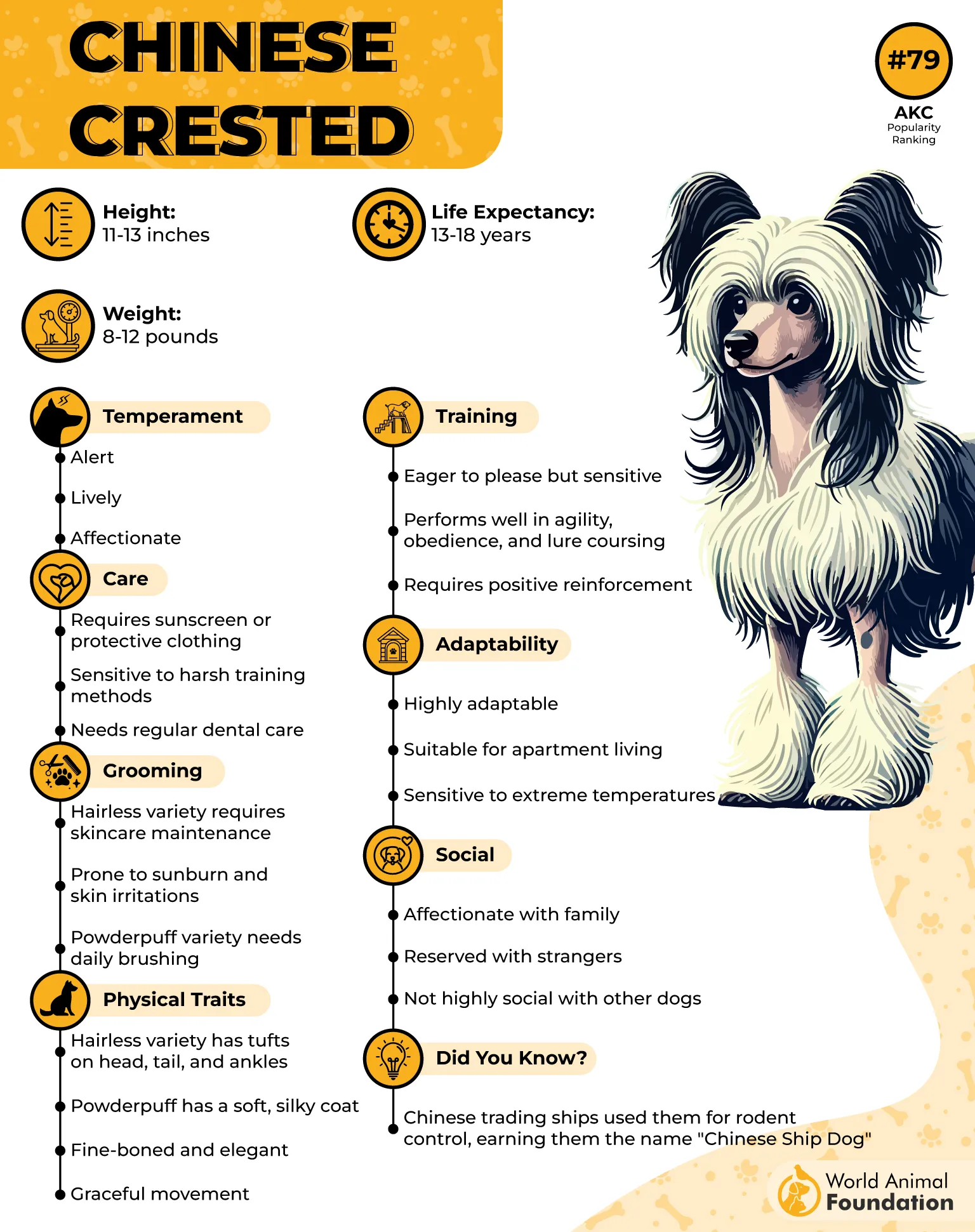
Though they’re affectionate lap dogs, Cresteds have a streak of independence. They respond fantastically to reward‑based training—learning tricks, agility, or even therapy‑dog tasks—while still enjoying their personal “me time.”
As per Wikipedia, Powderpuffs enjoy daily outdoor strolls, even though they’re not particularly high-energy. Thanks to their intelligence, they excel in obedience-related activities and can perform well in dog sports that challenge their minds.
Why Chinese Cresteds Nail the Independent‑Yet‑Trainable Role:
Quick to learn commands when training is upbeat and fun
Small size suits indoor tricks, obstacle courses, or simple herding games
Affectionate nature without being velcro‑clingers—perfect for balanced companionship
Thrill at mastering new skills, from rollover to weaving through poles
Both coat types need some level of grooming. The Powderpuff variety is fully covered in a soft, straight double coat. While the coat doesn’t grow endlessly, it can become quite long, so regular care is essential. A weekly bath and consistent brushing help keep tangles and matting under control.
Fun Fact: Royalty once prized hairless Cresteds in China; today they’re equally revered for their quirky charm and smarts.
5. Biewer Terrier
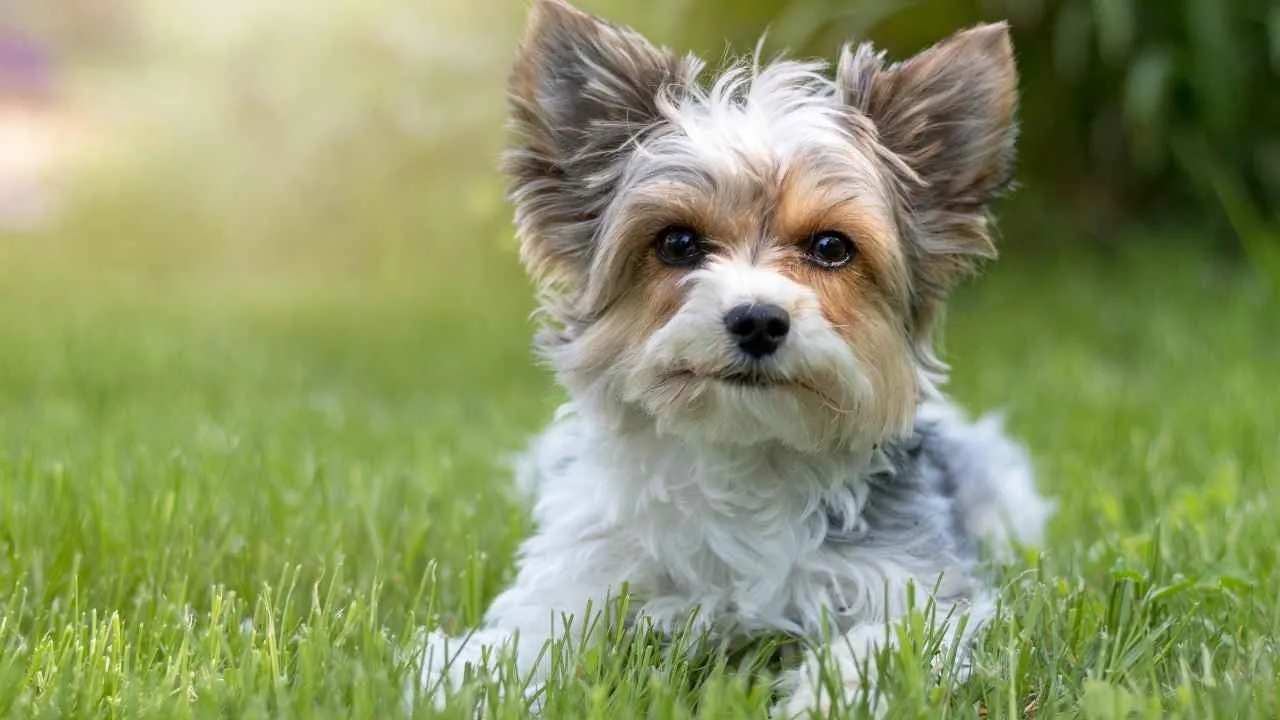
The Biewer Terrier (pronounced “Beaver,” like the dam-builder) may look like a pampered show dog straight out of a designer dog catalog—but don’t be fooled. Underneath that silky, flowing tri-color coat is a fiercely independent little pup with a brain as sharp as its grooming.
Weighing in at just 4–8 pounds and standing around 7–11 inches tall, the Biewer Terrier is compact, clever, and confident.
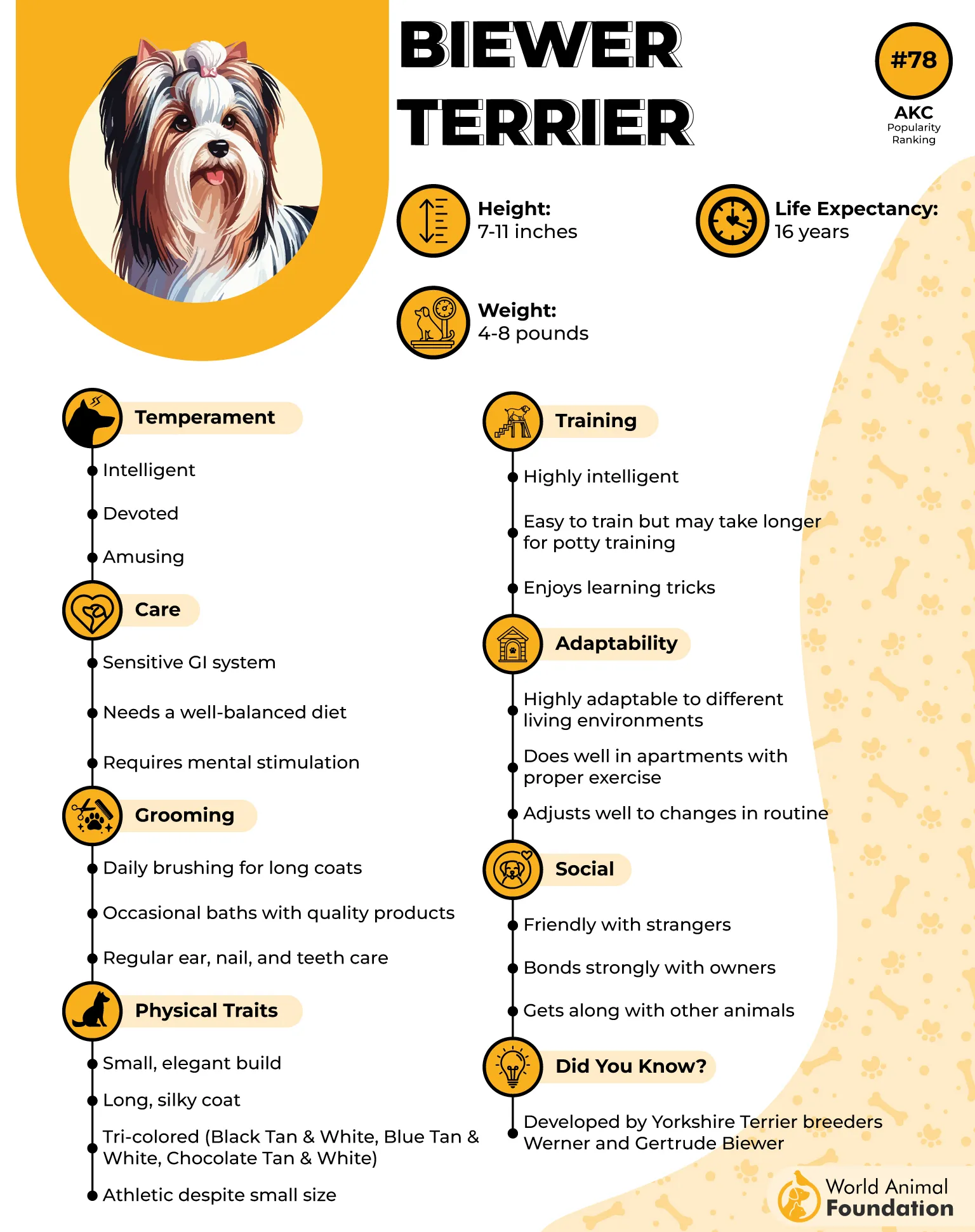
They’re not clingy, and they don’t need your constant attention (although they won’t say no to a little praise or a treat). Train them early and with positive reinforcement, and they’ll gladly show off tricks, obey commands, and still keep a little spark of mischief in their eyes.
Why Biewer Terriers Make the Independent-but-Trainable Cut:
Small in size but big on personality and brains
Naturally curious, alert, and quick to pick up routines
Happy to entertain themselves (especially with a toy stash nearby)
Their love of cleanliness adds bonus points for a neat freak
Though petite in stature, Biewer Terriers are full of energy. They thrive on daily walks and lively indoor play sessions to keep them mentally and physically stimulated. Their compact size makes them great for apartment living, but they still require regular activity to stay content and fit.
Fun Fact: That luxurious coat doesn’t shed much, and it’s more like hair than fur, making them a popular option for allergy-conscious families.
6. Belgian Malinois
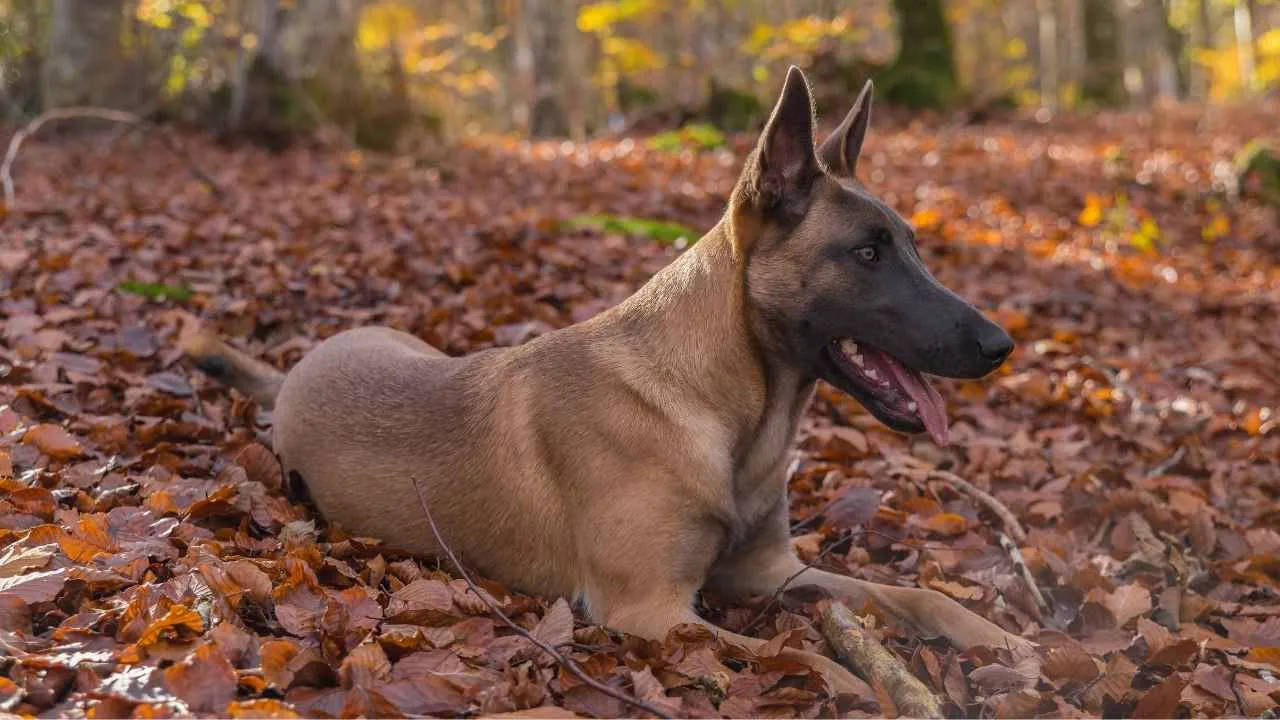
The Belgian Malinois is like the special ops agent of the dog world—hyper-intelligent, independent, fearless, and shockingly trainable… but only if you really know what you’re doing.
Originally bred for herding and now often found working alongside military and police, this 60–80 pound powerhouse isn’t for the casual pet parent.
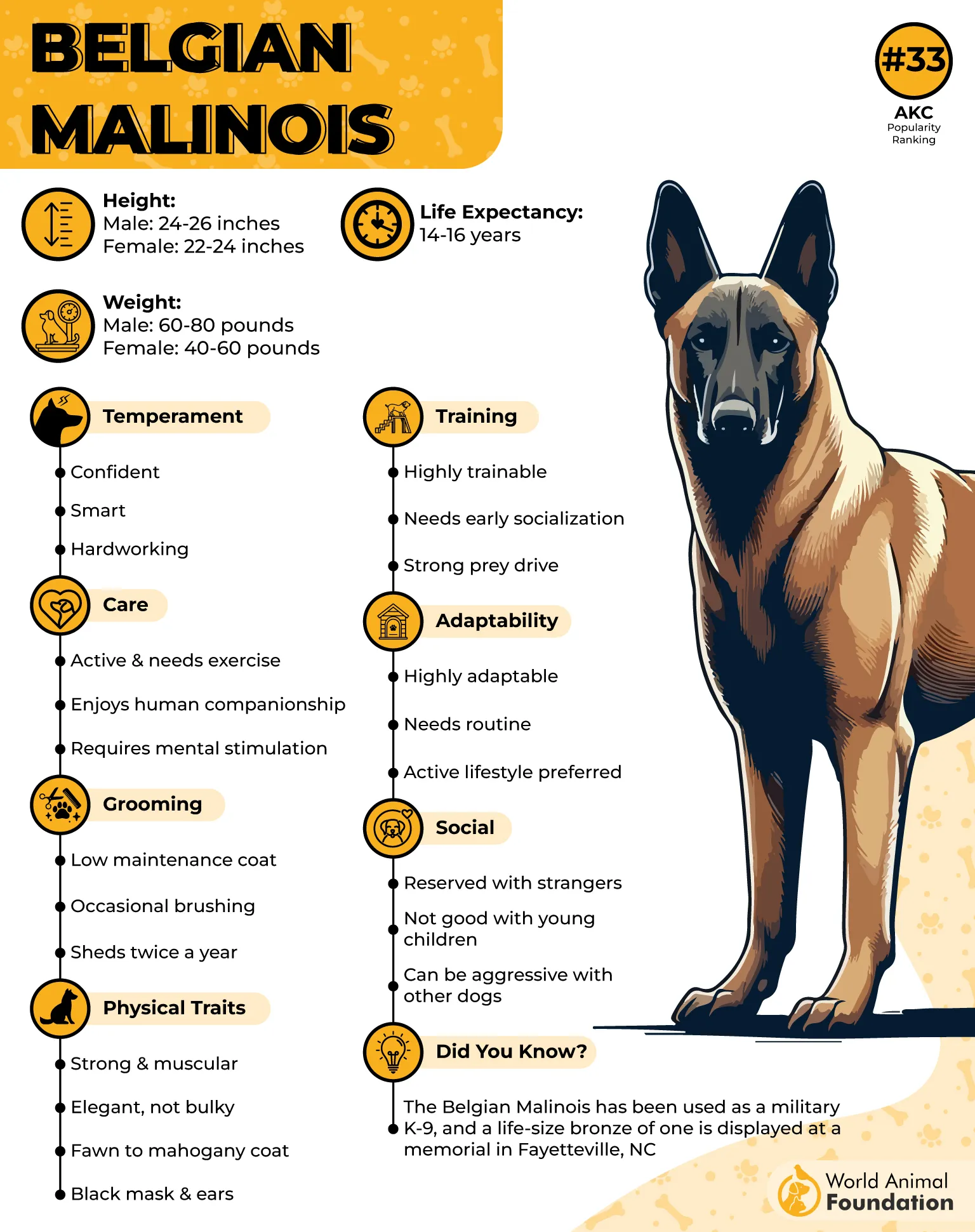
They can think for themselves and have the focus of a caffeinated chess champion. But with consistent training, structure, and a lot of mental stimulation, a Malinois will impress you daily with its loyalty, agility, and laser-sharp obedience.
They’re not the clingy, lapdog type—but they’ll stick to your side like Velcro if they respect you. (Hint: earn that respect with exercise, training, and time.)
Why Belgian Malinois Are the Ultimate High-Drive, High-IQ Dogs:
Quick decision-makers with lightning-fast learning ability
Independent yet bond tightly with their “person”
Excel in protection, agility, obedience training, and scent work
Require mental AND physical exercise, or they’ll DIY their own (chaotic) fun
They’re also quite sensitive and don’t react well to harsh training techniques. While some Malinois have a friendly and affectionate nature, others may be more reserved and distant around strangers. Regardless, they should never exhibit fearful or aggressive behavior.
Fun Fact: Many Malinois are trained to parachute out of planes with their handlers. No, seriously.
7. Australian Cattle Dog
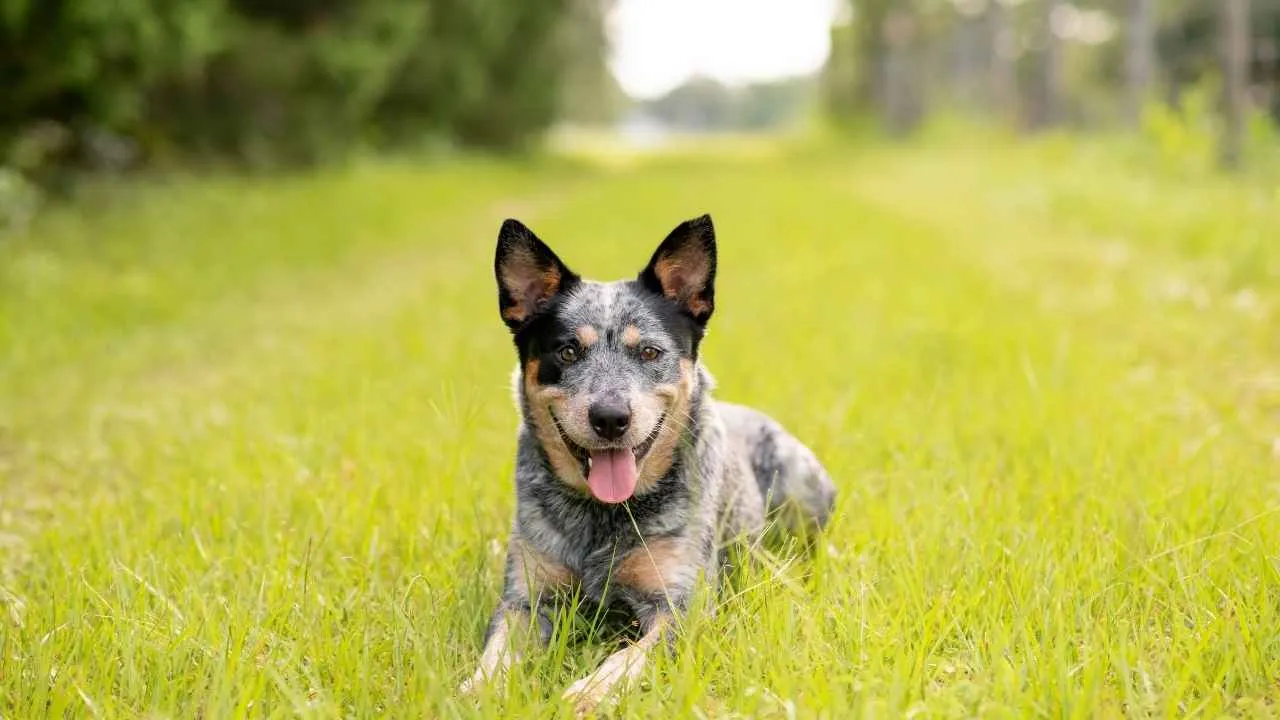
Don’t be fooled by their independent streak—Australian Cattle Dogs are like that one coworker who works best alone but still aces every team project.
Australian Cattle Dogs typically come in two color variations—blue and red speckle—commonly known as “Blue Heelers” or “Red Heelers.” These nicknames come from their instinct to nip at the heels of livestock while herding.
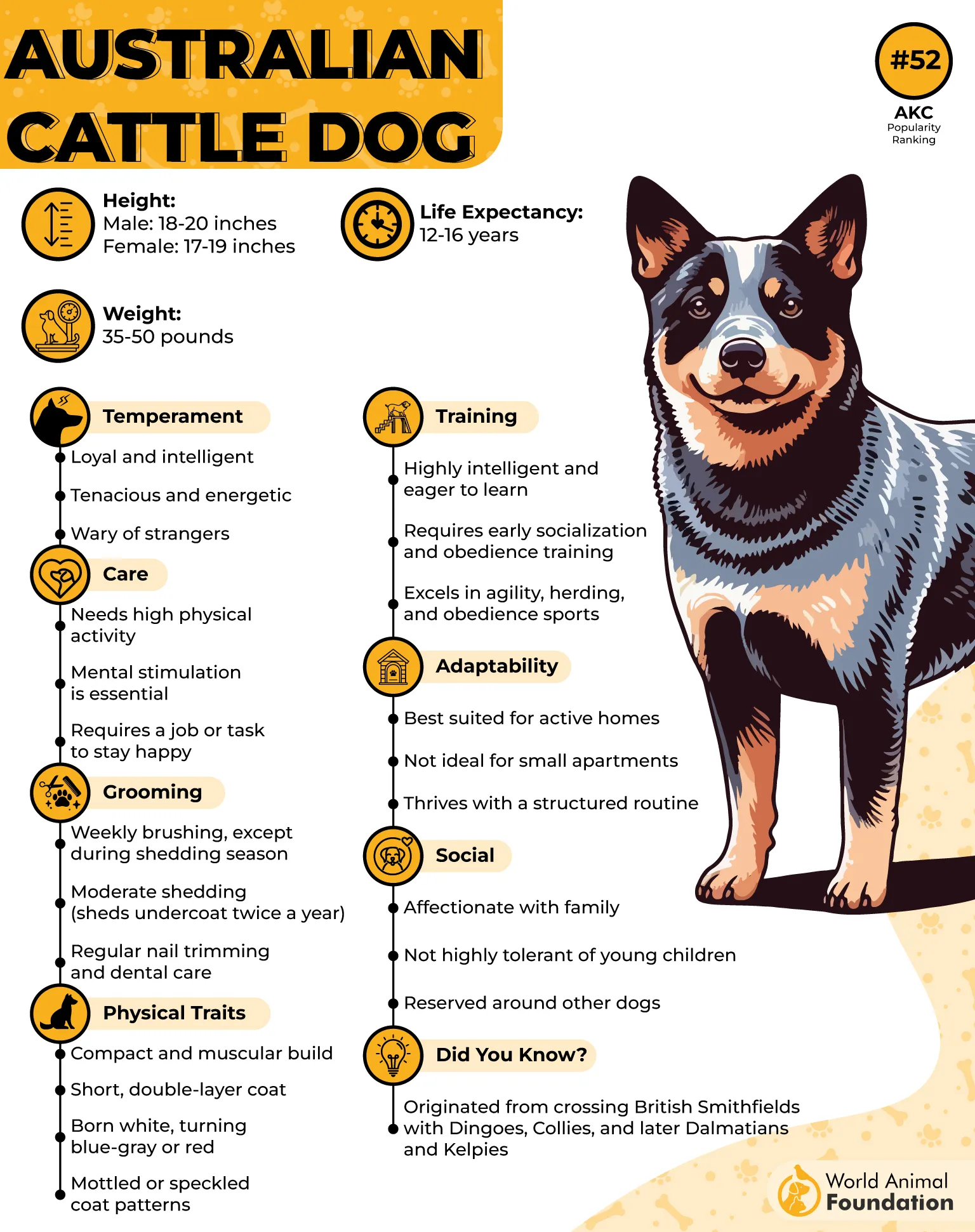
These dogs are medium-sized, usually weighing between 35 and 50 pounds and standing around 17 to 20 inches tall. As members of the herding group, Australian Cattle Dogs are generally not expected to weigh more than 50 pounds or grow taller than 20 inches.
Australian Cattle Dogs are fiercely loyal and tend to form a strong attachment to a single person, often becoming distressed when separated from them for extended periods.
Why Aussie Cattle Dogs Are the Perfect Combo of Headstrong and Highly Trained:
Independent breed that loves to problem-solve
Quick learners who shine in agility training and obedience competitions
Built to run, herd, and work, not lounge on the couch all day
Loyal to their core—once they bond, they’re yours for life
According to the American Kennel Club (AKC), owners of Australian Cattle Dogs are encouraged to engage with their versatile companions through work, sports, or consistent exercise to help keep them sharp and healthy, both mentally and physically.
While they don’t need constant attention or cuddles (they’ve got stuff to do, thanks), these obedient dog breeds are surprisingly trainable. In fact, they thrive when given structure, direction, and a purpose, like agility drills, obedience challenges, or chasing a ball like their life depended on it.
Fun Fact: Their nickname “Blue Heeler” comes from their signature speckled coat and sneaky habit of gently nipping at cattle’s heels to keep the herd in line. (No heel-nipping allowed with humans, though!)
Conclusion
Independent dog breeds like the Australian Cattle Dog, Labrador Retriever, German Shepherd, Border Collie, and Golden Retriever are clever dogs and working dogs with a trainable nature, perfect for roles as guide dogs or police dogs. With positive reinforcement, gentle training, and early socialization from a young age, even other dog breeds like the Afghan Hound or Siberian Husky can become well-behaved pets.
Proper training shaped by the dog’s personality is key, whether it’s a Doberman Pinscher, English Springer Spaniel, Pembroke Welsh Corgi, or Miniature Schnauzer. Many of these large dogs, including Bernese Mountain Dogs and Australian Shepherds, serve well as protection dogs due to their protective instincts and loving nature.
Even scent hounds like the Basset Hound, Cocker Spaniel, and Scottish Terrier respond to patient training. Though destructive behavior can occur during long periods alone, breeds with an innate desire to work, an outgoing nature, or their own personality—like the Shetland Sheepdog or Japanese Chin—can adapt well.


